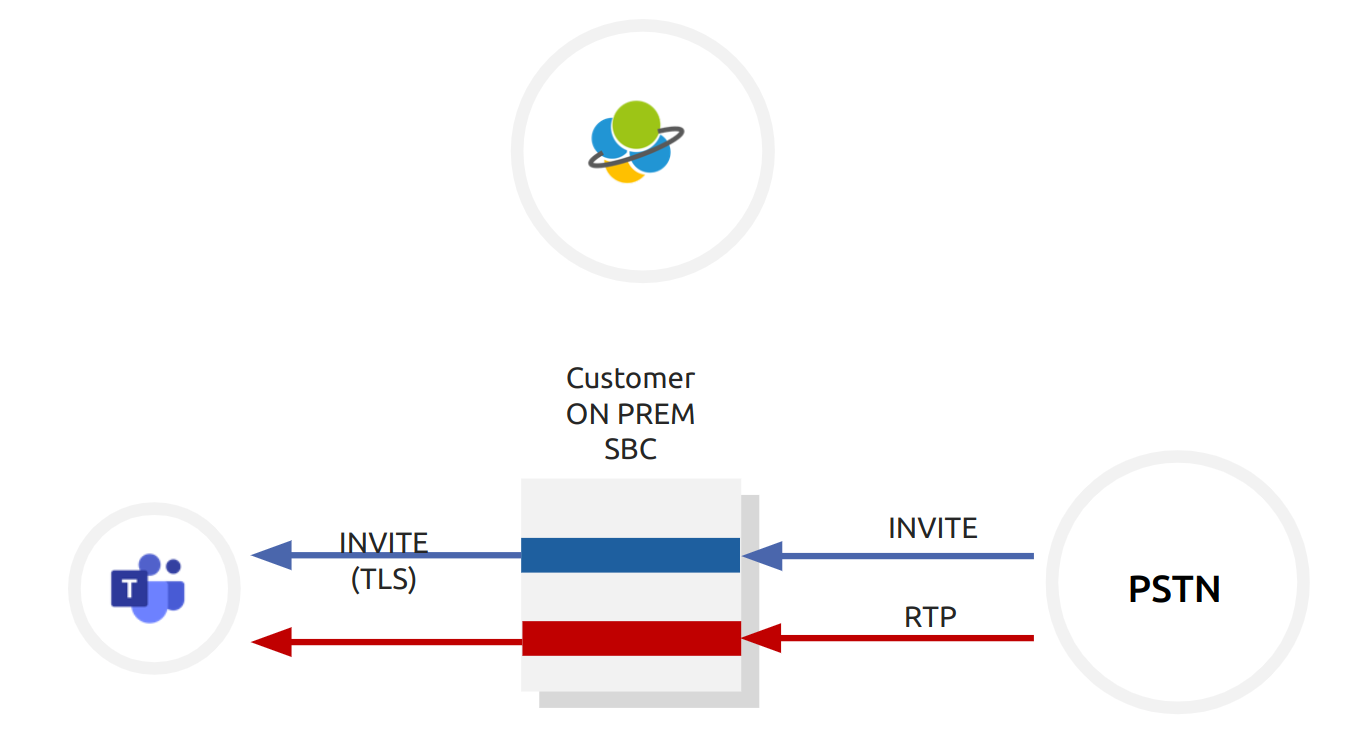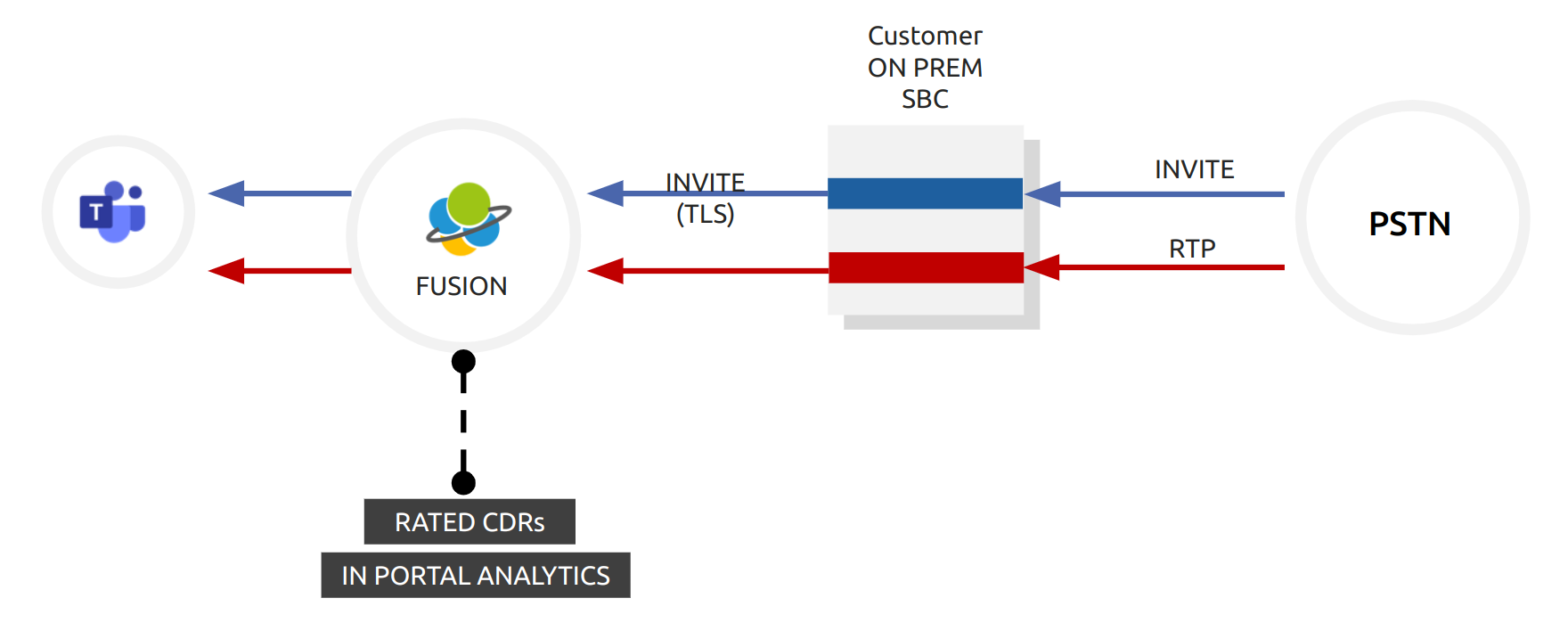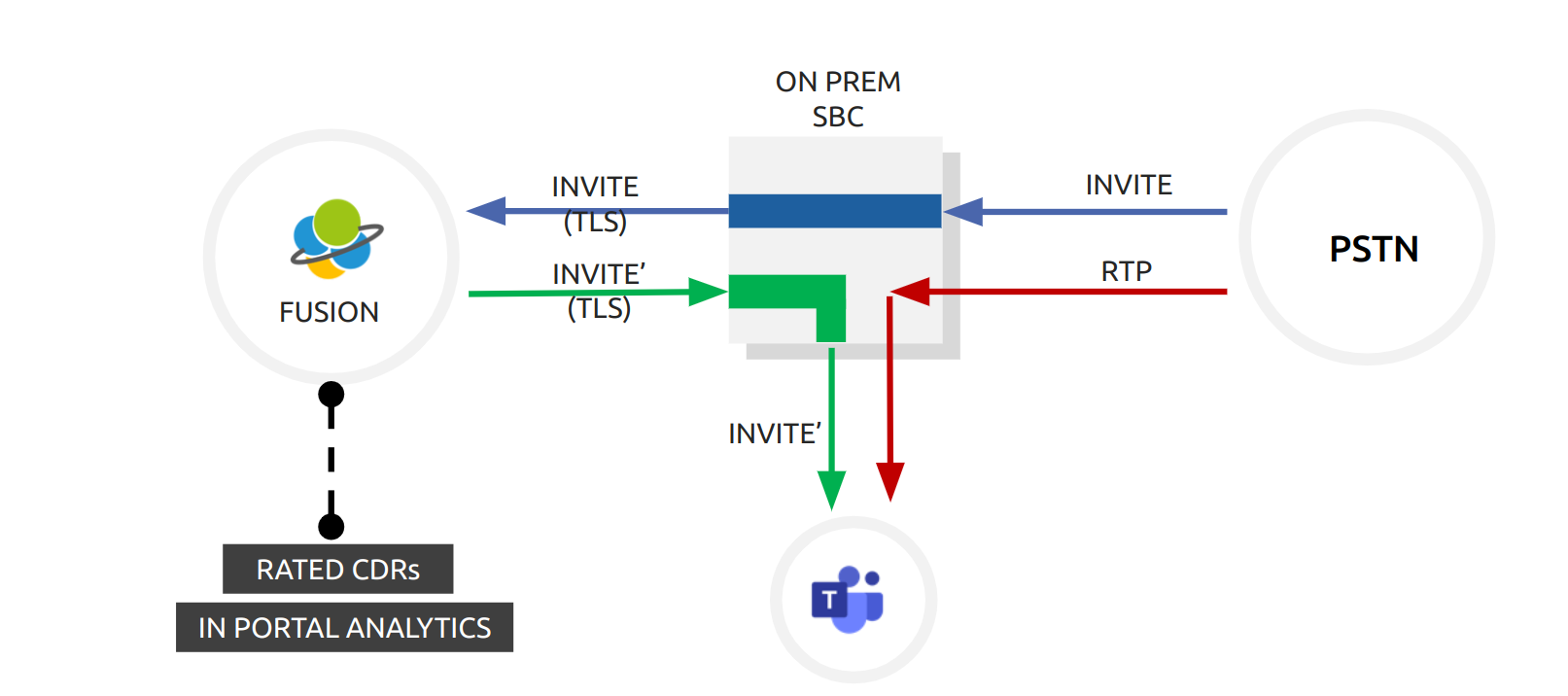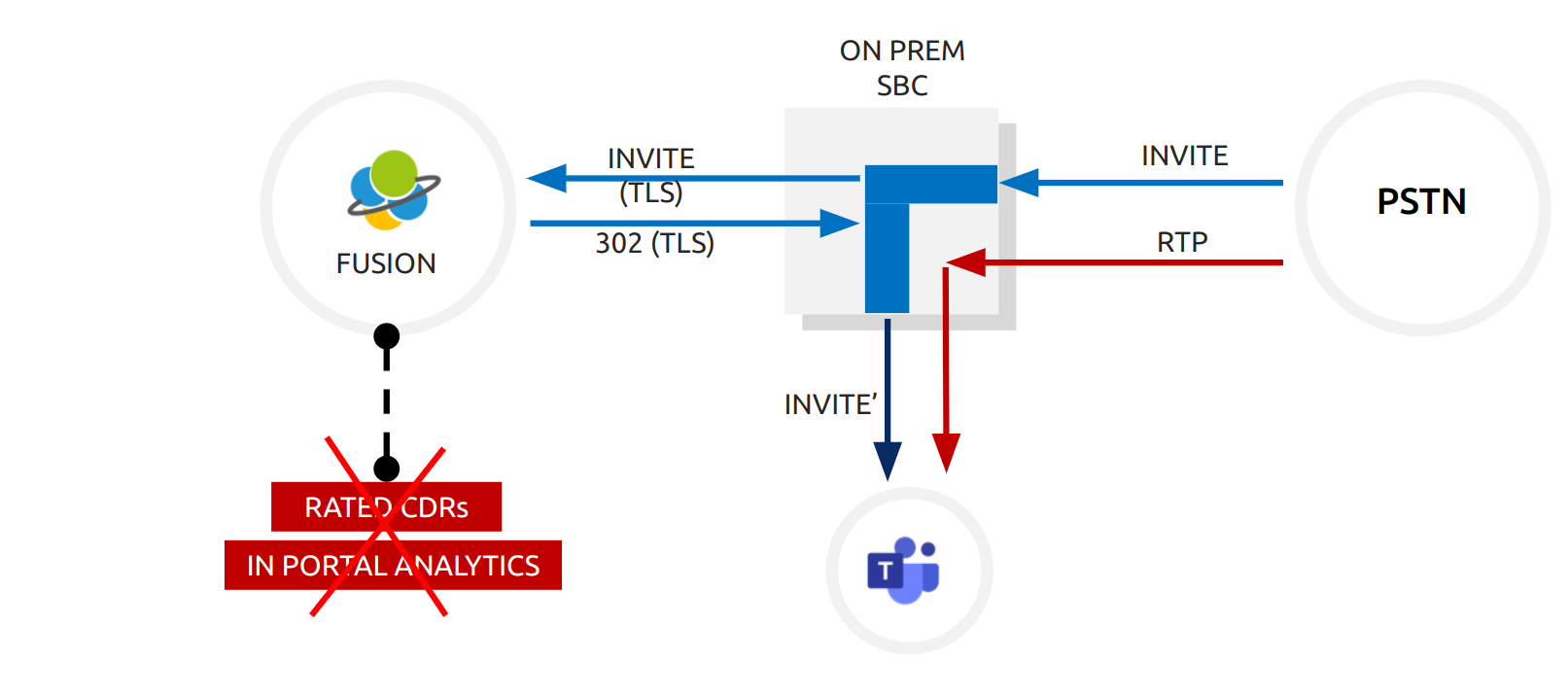Deployment
Deployment models
First of all, Fusion is a cloud based solution hosted in the Oracle Cloud (OCI), which makes the solution stable and scalable. In some cases, and when/if it is really desired by the SP, the solution also can be deployed on-site at the customer, but then it will be treated as a “customer specific” project which deviates from all the standards elements that comes along with the solution.
Fusion is secured by Oracle SBC’s, which are network elements securing voice over IP (VoIP) infrastructures.
Tiered model
Fusion is a multi-tenant platform with a Tiered (hierarchical) structure.
- The group level is the highest hierarchical entity. It gives access to all other entities below as the top level container for distributors, resellers or tenants.
- The distributor level is the second level below a group.
- The reseller level is the third level below a distributor.
- The tenant is the final (and lowest level). It typically is an enterprise using Fusion for his day-to-day telephony needs.
This hierarchical structure can also be used according to the structure of your company. The distributor level can be a region (EMEA, APAC,...), the Reseller level can be a country (Belgium, UK, US, France,...) and the tenant level can be seen as an office in a certain country (company X London, Company X Paris, Company X Berlin,....)
Flexible SIP Integration options
This section describes high-level the different options of routing traffic (signalling and RTP messages) with the Fusion solution.
Only MS Teams provisioning
In this option we don’t do any routing. Here Fusion is only used for the MS Teams provisioning automation. Some customers decide to use the Fusion solution only for the portal and for the provisioning automation, and do the management of the routing themselves.

Proxy mode - Fusion managed Teams SBC
Another option is where we do everything:
- There is a customer SBC, but he’s only passing through the messages.
- It’s the Fusion SBC who is facing the MS Teams environment,
- The customers send us the traffic (signalling and RTP) and Fusion determines where it needs to go (to which MS Teams tenant),
- And the same with the messages going back from MS Teams towards the customer, Fusion again will route these messages where they need to go (or arrive).
Here we act as a PROXY between the customer and MS Teams.
The advantage of this model is that we can deliver rated CDRs, for the use of the rate plans, and deliver in portal analytics.

Proxy mode - Customer on-prem Teams SBC
This is another option where Fusion acts as a kind of “directory” for the customer and the customer has its own on-prem SBC facing MS Teams. The customer SBC will send us the signalling message and the Fusion solution will tell the customer SBC where, to which MS Teams Tenant, the traffic needs to be sent.
This is also a Proxy mode of the Fusion solution, but Fusion is not going to play a role in the real audio messages.
This option gives the same advantages with regards to the rated CDRs and the in portal analytics.

Redirect - customer on-prem Teams SBC
In this option Fusion will just forward back the signalling messages to the (customer) on-prem SBC who faces the MS Teams environment. The communication part will only be between the customer - the customer SBC - and the MS Teams.
In this case the advantages of rated CDRs and in portal analytics disappears. This is the redirect model where Fusion only has a limited role to play.

